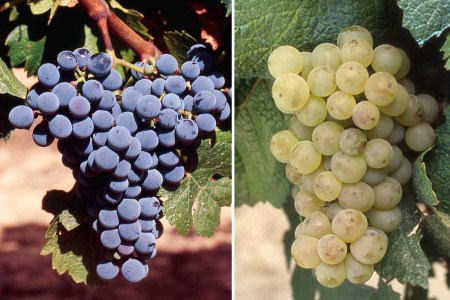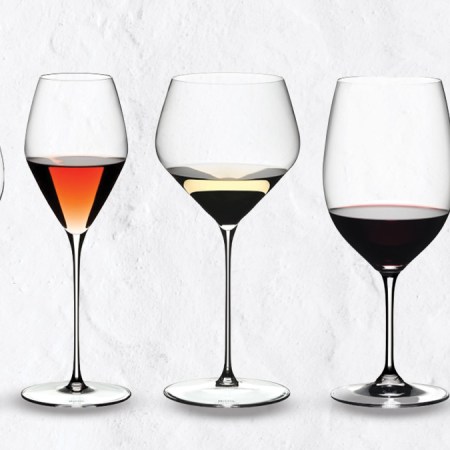So you like wine. You dabble in Cabernet. You sip, swirl and occasionally saber. And you can suss out a decent bottle on a standard wine list. But do you drink Dornfelder? Would you order a round of Refosk? Shall we get a bottle of Chasselas?
If you’re willing to venture to the weirder side of wine, you’ll be rewarded — what less-regular grape varieties (like the above) lack in name-brand recognition they make up for in flavor, intrigue and value. Is Gamay getting expensive? Look to Frappato, a cherry-hued red wine from Sicily, or Frontenac, an odder grape from New York and Quebec with wild, steely fruit. Love Pinot Grigio? Consider alternative aromatic varieties — Grillo, Zibibbo or Chasselas — that are unfamiliar to you and often forgotten by the general public but famous in their home regions.
Here’s where to start…
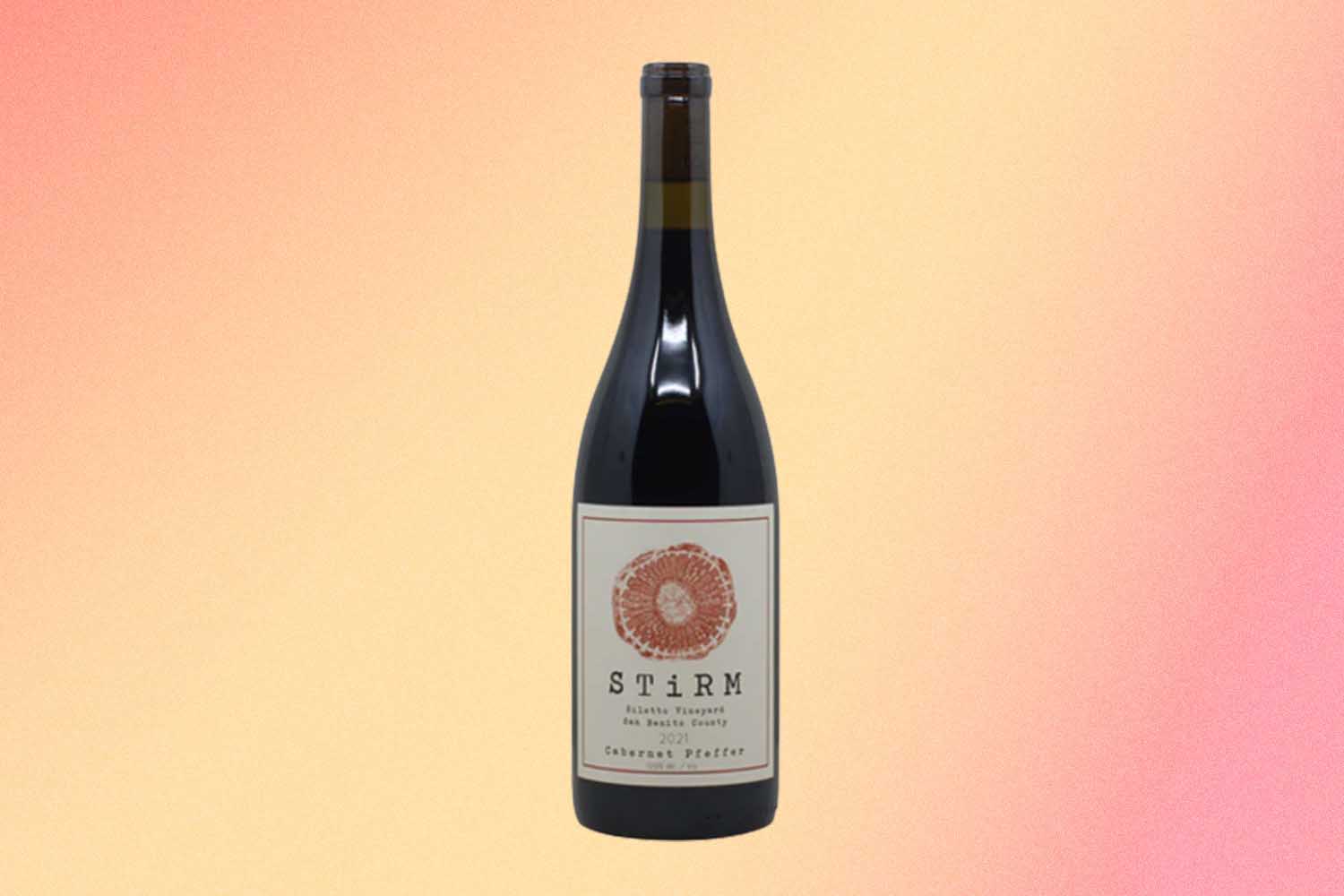
Cabernet Pfeffer
Who it’s for: Chilled red fanatics
The Gist: No, not Cabernet Sauvignon. Cabernet Pfeffer. Though the two grapes share a first name, Cabernet Sauvignon has hit celebrity status while Cabernet Pfeffer lives largely in obscurity. But pick up a bottle and find a bright, perfumed and peppery red best served slightly chilled to amplify the wine’s freshness.
The Buy: Stirm Vineyards Cabernet Pfeffer, $36
Rossese
Who it’s for: Sangiovese and Chianti fans
The Gist: “Rossese is one of my favorite grapes, period,” says Chris Plaia, Wine Director at Marisi. “It’s unique yet familiar, and very Italian in profile — with snappy red fruit, spicy, herbaceous and somewhat juicy (hello, Sangiovese fans), and yet it has this unusual salinity to it that you hardly ever find in red wine. It calls Liguria home, where heroic viticulture is the norm — vineyards are grown on sharp terraced hillsides. Given the difficult growing conditions, there simply isn’t much Rossese produced, let alone imported. Most people have never heard of it.”
The Buy: Maccario Dringenberg Posau Rossese, $36 (“It’s my go-to for guests who enjoy Italian wine but are looking for something a little different,” says Plaia.)
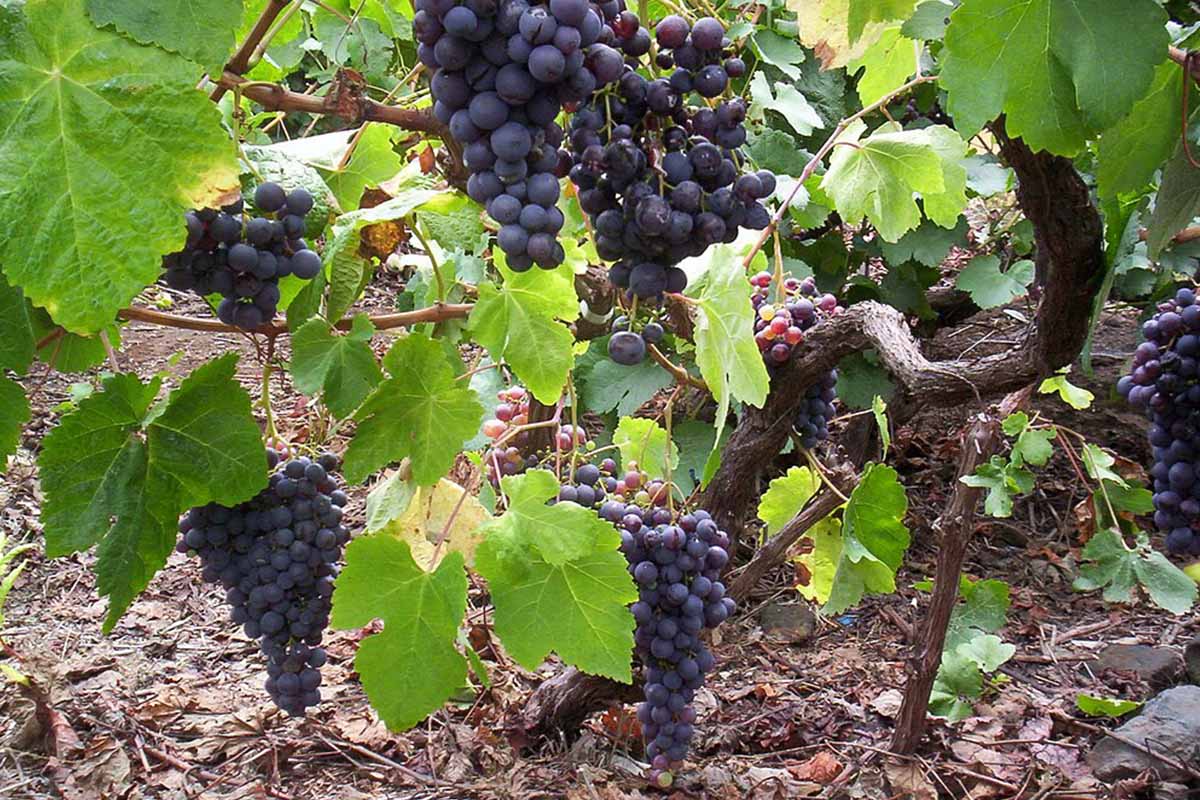
Pais
The Vibe: The perfect summer BBQ wine
The Gist: “Pais is a really old grape, brought over to America by the Spaniards in the mid-1500s,” says Alex Cuper from El Che Steakhouse & Bar. “Initially, it was only used as altar wine but in the early 2000s, several producers started to reimagine Pais as an elegant and viable grape varietal. The flavor profiles range from funky and gamey to elegant and refined and everything in between. Pais can be extremely refreshing because they’re often served with a slight chill.”
The Buy: Agricola Macatho Pais, $15. “It’s a hibiscus cherry gobsmacker, with a sharp cut of acidity,” says Cuper.
Mencia
The Vibe: Complex, old-school wines at a real nice price point
The Gist: “A rare grape that excites me the most is Mencia (pronounced Men-thee-ah),” says Nick Pizzonia, Lita‘s Wine Director. “Mencia is mainly found in two regions of Spain: Bierzo and Ribeira Sacra, where the grape thrives in older vineyards nestled on steep slopes. These conditions produce complex and high-quality wines, though Mencia can be made to display more fruit characteristics with an easy-drinking, soft, and elegant palate. Mencia usually offers up flavors of rose petal, geranium, red cherry, pomegranate, blackberry, and black licorice, while the more complex styles have hints of gravel and wet stones with mineral undertones.”
The Buy: Bodegas Raul Perez Ultreia St Jacques ($23) or Envinate Lousas ($42). “Ultreia displays more of the fruit-forward style with softer tannin and acidity,” says Pizzonia, “while Envinate is more complex, displaying all the fruit qualities but layering in the minerality that this vineyard is so famous for.”
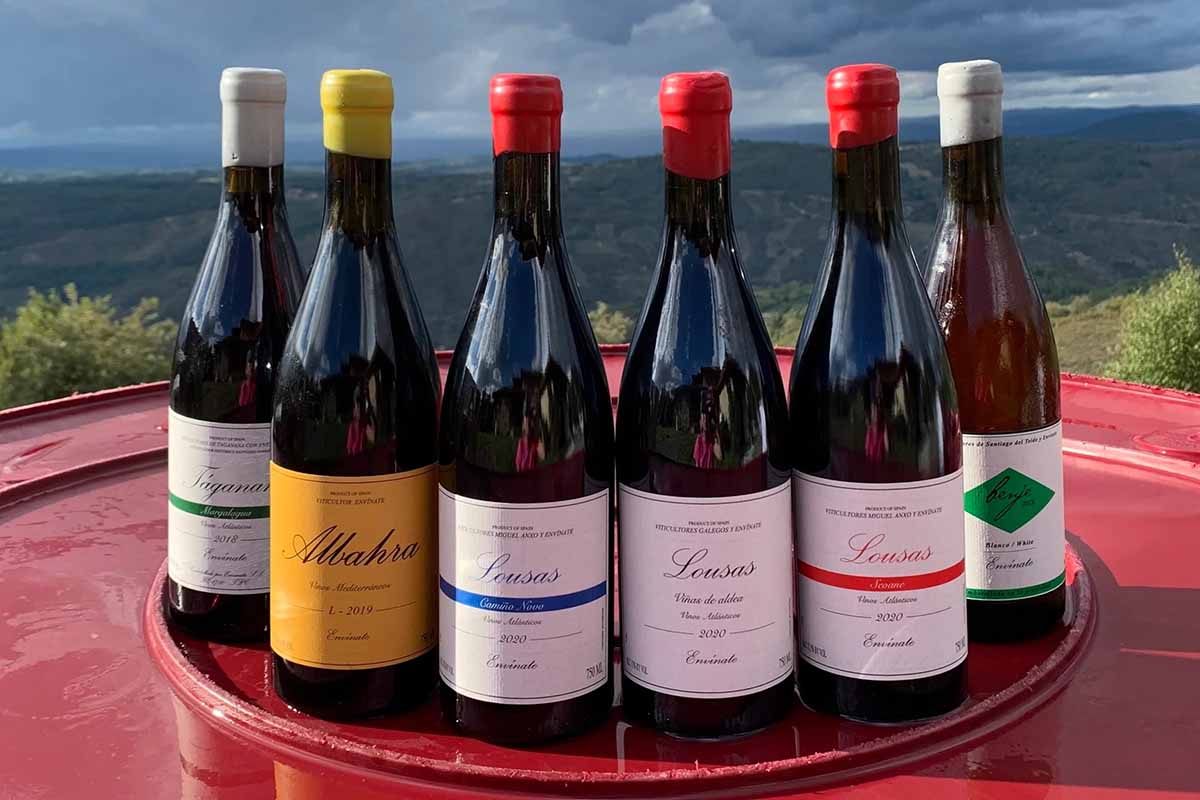
Sandanski Misket
The Vibe: Aromatic, like Gewurztraminer or Sauvignon Blanc
The Gist: “I recently visited Bulgaria, where I encountered many unique indigenous grapes,” says Matt Montrose, CEO of hospitality-driven marketing agency OMvino. “My favorite was a white varietal called Sandanski Misket. It’s aromatic with a profile remarkably similar to Muscat — think zesty, floral, lime zest, mandarin, Meyer lemon, crushed rocks and yellow flowers. I feel like aromatic whites are a little underappreciated — they’re approachable and wonderful summer sippers. Thanks to their higher acidity and light body, they’re excellent with summer cuisine, like a grilled peach salad or fish.
The Buy: Orelek Sandanski Misket Orbelus, $17
Grillo
The vibe: White wines with a salty oomph
The gist: Grillo is a Sicilian gem. The white wine — a cross between two classic Sicilian grapes, Zibibbo and Cataratto, which used to be used solely for Marsala, a rich fortified wine made in Western Sicily. That’s a shame: made into a still wine, Grillo is zippy, grippy, electric and herbal — an amped-up version of Pinot Grigio with a Sicilian edge.
The buy: Possente Grillo, $26
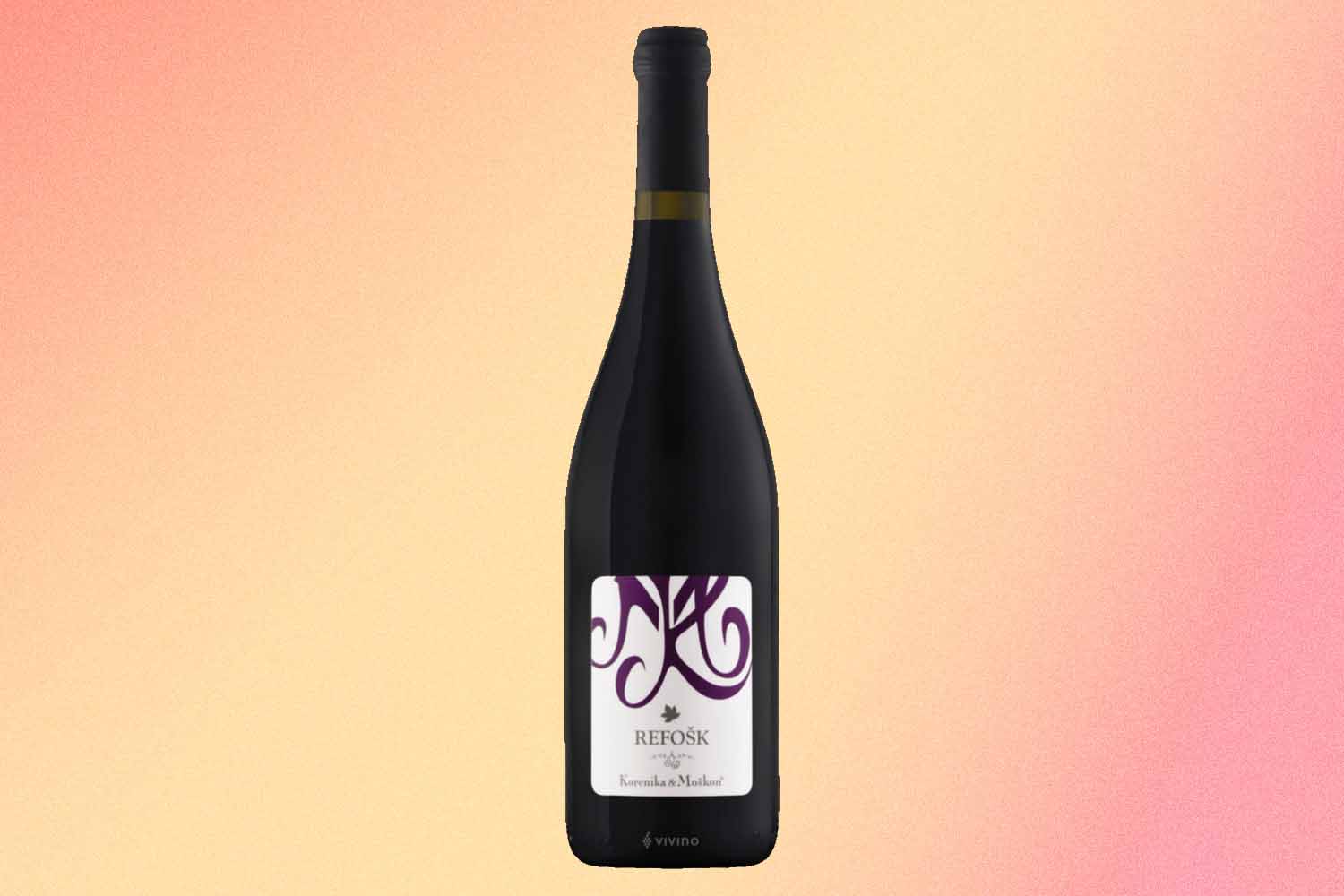
Refosk
Who it’s for: Syrah fans
The Gist: “I love the red grape Refosk,” says Jake Bennie, Wine Director at Rose Mary. “It reminds me a lot of Syrah, with crushed violets, blackberries, raspberries, dried herbs and a distinct iron quality. I think the reason great varieties from the Balkans aren’t better known is because Yugoslavia only dissolved in the 1990s. Since then, private investment has poured into the region and quality winemaking has taken off.”
The Buy: Korenika & Moskon Kortinca Refosk, $39. “This Refosk spends 6 years in large Slavonian oak barrels,” says Bennie. “After so long in the barrel, the wine is packed with dried baking spices and has a slight oxidative quality, similar to Amarone.”
Areni
The Vibe: Deep-cut reds with serious history
The Gist: This grape is the noble red wine of Armenia, the oldest known wine-producing region in the world. “Over the last 30 years, the wine industry of Armenia has awakened from a century of slumber under Soviet rule,” says Scott Stroemer of Michelin-starred Galit. “The vineyards mostly survived, so the country has some of the most intriguing old vines in the world.”
The Buy: Keush Blanc de Noir, $41. “It spends three years on the lees and absolutely screams with food (especially hummus),” says Stroemer. “It’s full of tart strawberry, zippy acid, yeasty toasty bread notes and tons of bubbles.”
Bordeaux’s Answer to Climate Change? Six New Grapes.
The wine’s industry’s decade-long varietal project finally comes to fruitionPiquepoul
The Vibe: Open with oysters
The Gist: “The Piquepoul grape is an ancient white grape variety native to southern France, historically used in Châteauneuf-du-Pape blends and vermouth,” says John Maraffa, Morton’s The Steakhouse Beverage Manager, which is a shame. “It makes fantastic dry white wines that fall somewhere between a Sauvignon Blanc and a Pinot Grigio,” says Maraffa. “Crisp, refreshing and delicious! Piquepoul has more body and aromatics with less green notes and mineral characteristics.”
The Buy: Bonny Doon Picpoul, $15
Rabigato
The Vibe: Serious white wines
The Gist: “I fell for Rabigato on a recent trip to Portugal,” says Master Sommelier Jim Bube. “The name means cat’s tail, in reference to the curled bottom of the grape cluster. It’s grown prolifically in Douro and is renowned for its ability to retain great vibrancy in an often starkly hot climate.”
The Buy: Casa Ferreirinha Papa Figos ($17) is an “excellent example, displaying a playful floral side with orange blossom, acacia and a touch of honey,” says Bube. “The ample fruit is buoyantly propped up with an effortless, mouthwatering acidity.” (Or, check out Luis Seabra’s more Burgundian iteration.)
Chasselas
The Vibe: Mineral-driven mountain wine
The Gist: “Chasselas grows in the Alpine regions of Switzerland and Jura region of France,” says Marc Ellert-Beck, General Manager of Wylie Dufresne’s Stretch Pizza. “It’s believed it originated from the shores of Lake Geneva. My favorite versions are grown at slightly higher altitudes in the Valais region of Switzerland, where Chasselas grows right alongside Pinot Noir. They are delicious and so easy to drink.
The Buy: Fendant de Vétroz Grand Cru, $34. “Great minerality with gunflint and a soft roundness,” says Ellert-Beck.
Every Thursday, our resident experts see to it that you’re up to date on the latest from the world of drinks. Trend reports, bottle reviews, cocktail recipes and more. Sign up for THE SPILL now.

